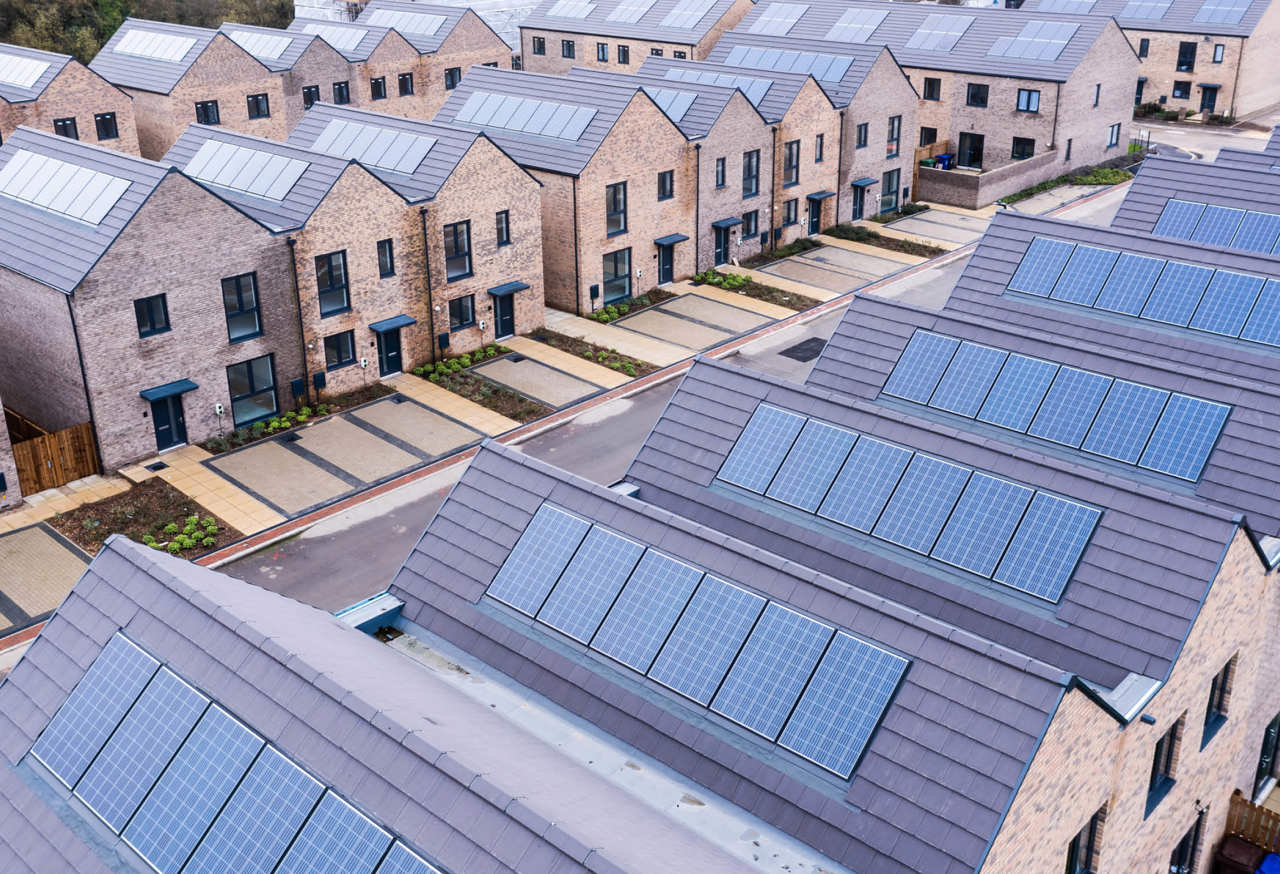
Increasing domestic insulation has the potential to be a game-changer in helping the UK achieve its net zero ambitions.
Reducing heat loss can lower energy demand, cut greenhouse gas emissions and transform homes into warmer, more affordable spaces to live.
Domestic heating contributes around 14% of the UK’s emissions, primarily due to natural gas boilers, making better insulation critical for decarbonisation.
While heat pumps are essential to reduce carbon emissions, they still have the potential to place added pressure on local electricity grids during winter peaks when demand is highest. Addressing this hurdle requires a dual approach: boosting energy efficiency and developing innovative solutions for grid management.
Understanding insulation in the energy market
For decades, government schemes like the Green Homes Grant and Energy Company Obligation have driven insulation upgrades, particularly in social housing.
These programmes have delivered significant social and environmental benefits by lowering energy demand and reducing energy bills. However, unlike technologies such as solar panels or batteries, energy efficiency doesn’t directly generate revenue. This limits private sector investment and typically requires public funding to fill the gap.
Meanwhile, Distribution Network Operators (DNOs) face growing challenges managing peak (electricity) demand. Flexibility markets pay providers to reduce energy use during peak times, deferring the immediacy of grid reinforcements. However, these markets are limited to commercial batteries and industrial sites capable to adjust energy use without disrupting operations.
Introducing Flex Direct
Led by UK Power Networks with Sia Partners, Centre for Sustainable Energy (CSE) and Utilita Energy, Flex Direct is a collaborative initiative that aims to unlock flexibility in the social housing sector. Flex Direct aims to unlock flexibility in the social housing sector. By creating innovative commercial models, the project seeks to enable social landlords to participate in flexibility markets by reducing peak demands through the installation of energy efficient measures such as insulation.
This not only strengthens grid resilience and minimises the need for immediate upgrades to the electricity network but also creates revenue opportunities for social landlords, empowering them to better support tenants while cutting energy costs and emissions.
Bringing expertise to flexibility markets
At LCP Delta, we’re proud to play a key role in the Flex Direct project. Our role is to create a strong method for measuring how insulation and other energy efficiency measures affect peak electricity demand.
This approach will consider the different features of various housing types and retrofit measures, while remaining simple to apply across use cases. Our work will demonstrate the viability of this innovative approach, setting the stage for broader adoption across the UK.
Why it matters
Flex Direct presents a unique opportunity to unite social and environmental goals. By enabling social landlords to access flexibility markets, it supports vulnerable communities, accelerates decarbonisation and reduces the need for costly network upgrades.
At LCP Delta, we’re proud to contribute to a project that aligns with our mission to enable a better, faster energy transition for all.





